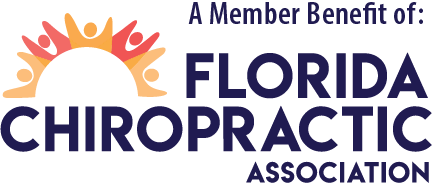If you’re on the cusp of turning 65, you may be feeling overwhelmed with the Medicare system right now. Plans, parts, options, supplements, enrollment periods, deadlines, regulations – it’s a lot to take in.
To help make sense of it all we’ve compiled a list of basic Medicare terms and names that you’ll need to know before making your selections.
1. Medicare Part A (hospital coverage)
This will help recipients cover inpatient hospital care, skilled nursing facility care, hospice care, and home health care.
2. Medicare Part B (doctors and outpatient services)
This helps cover medical services from doctors and other health care providers, outpatient care, additional home health care, and medical equipment such as wheelchairs, walkers, hospital beds, etc. It will also help cover many preventive services (screenings, vaccines, and routine exams).
3. Medicare Part C (Medicare Advantage)
Medicare Advantage Plans are offered by private companies and provide all of the Part A and B benefits, with the exception of certain aspects of clinical trials (which are covered by Original Medicare). Medicare Advantage Plans include:
- Health Maintenance Organizations
- Preferred Provider Organizations
- Private Fee-for-Service Plans
- Special Needs Plans
- Medicare Medical Savings Account Plans
4. Medicare Part D (prescription drugs)
These plans are sold by private insurance companies that follow rules set by Medicare, and they help enrollees cover the cost of prescription drugs and many recommended vaccines.
5. Original Medicare
Original Medicare includes Medicare Parts A and B and can be used to visit any doctor or hospital that accepts Medicare. It does not include Part D and will not cover any out-of-pocket costs associated with Medicare (such as the 20% coinsurance).
6. Medicare health plan
Medicare health plans are offered by private companies that contract with Medicare to provide Part A and B benefits. They include Medicare Advantage Plans, Medicare Cost Plans, Demonstration/Pilot Programs, and Programs of All-Inclusive Care for the Elderly (PACE). PACE plans can be offered by public or private companies and provide Part D and other benefits in addition to Part A and Part B benefits.
7. Benefit period
This is how Original Medicare tracks your use of hospital and skilled nursing facility services. A benefit period begins when you’re admitted to a hospital or skilled nursing facility as an inpatient, and ends when you haven’t received any care for 60 consecutive days. If you are admitted to a hospital or a skilled nursing facility after one benefit period has ended, a new benefit period will begin. There’s no limit to the number of benefit periods you can experience but you will still be expected to pay the inpatient hospital deductible for each benefit period.
8. Medicare-approved amount
Referring to Original Medicare, this is the amount a doctor or supplier agrees to be paid for services and may be less than their non-Medicare rate. Of this agreed-upon amount, Medicare will pay part of it and you will be expected to pay the difference out-of-pocket.
9. Medicaid
Medicaid is a joint federal and state program that helps enrollees who have limited income pay for medical costs.
10. Medigap
Also referred to as Medicare Supplement Insurance, Medigap is sold by private insurance companies to help Medicare enrollees fill the “gaps” in their Medicare coverage.
Whether you’re turning 65, already have coverage, or helping a family member with their decision, getting the right Medicare advice is critical.
As a benefit of your membership, you — as well as your spouse and parents — have access to a team of Medicare Specialists. These experts can answer your questions, review all your options, and help you navigate the process so that you can make the best decision based on your specific circumstances.
[vcex_divider_dots color=”#49AE56″ margin_top=”0″ margin_bottom=”20″]
Visit our Medicare Solutions page to connect with a Medicare Specialist.

